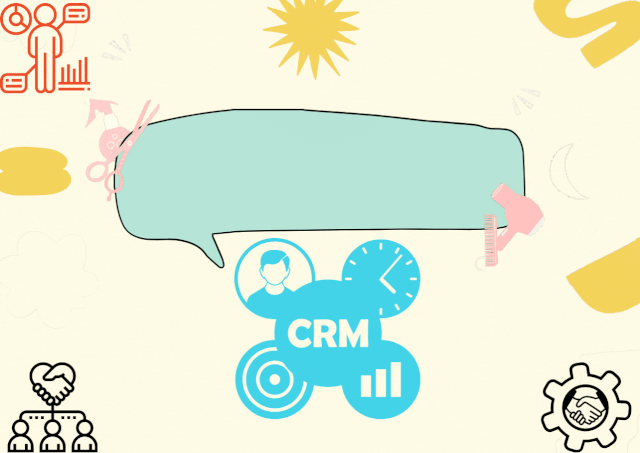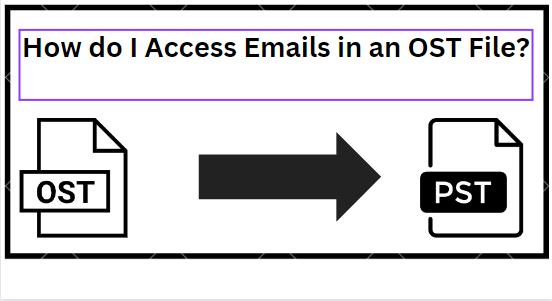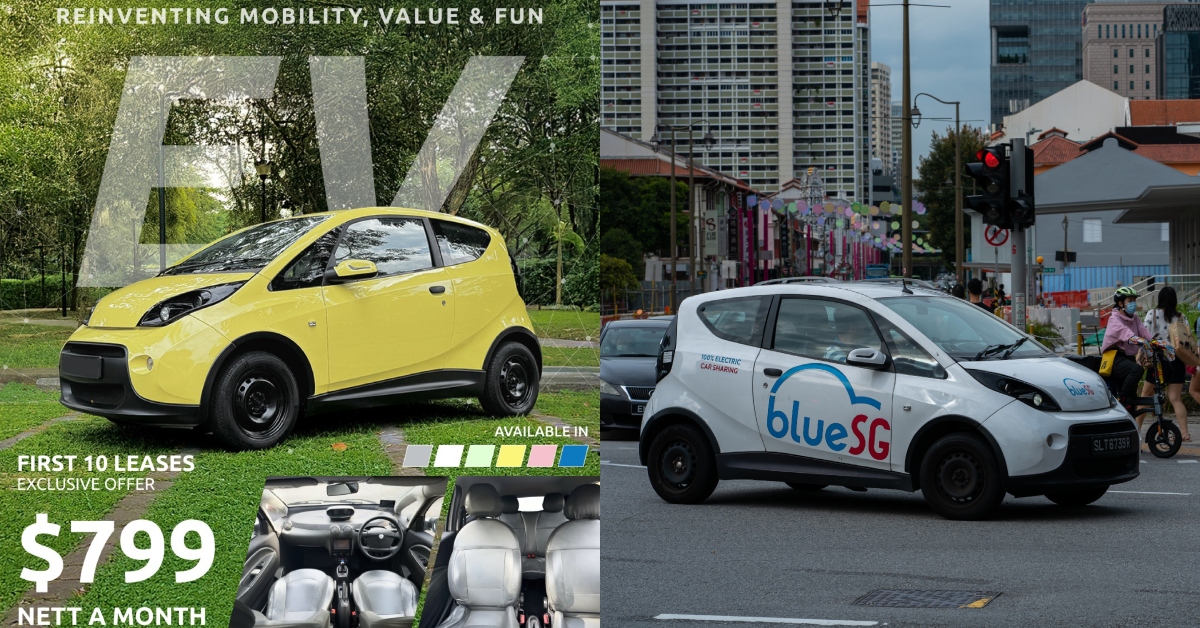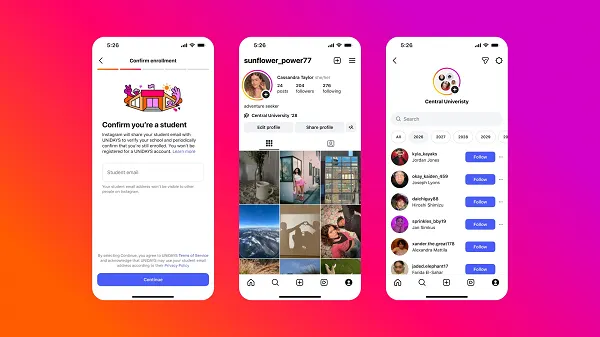How to Run Your Online Store Like A Physical Store
Providing shopping experiences similar to physical stores can help improve the online store profits. Read ways to better connect with your online customers.

People usually visit physical stores and are better acquainted with its shopping experience and process. The online stores can greatly benefit if the online customers get similar or better shopping experiences. Here are some ways you can facilitate proven physical store experiences in your online store to reap more profits. ~ Ed.

There are some major differences between running an online store and a physical store. However, there are also more similarities between the two than many business owners realise.
By viewing your online store more like a physical store, you can explore unique ways to connect with customers and improve your profits. Below are just a few examples of some of the ways in which you run an online store more successfully by learning from physical retail.
7 Ways to Run Your Online Store like a Physical Store
When you visit a physical store, you’ve staff members to guide you, it’s easy to find things, you’re able to examine the products, and so on. You can try to provide the same kind of experience to your customers in your online store.
Treat your homepage like a shopfront
Just as a shopfront should entice customers in, an online store’s homepage should entice visitors to look around your website. After all, the homepage is likely to be the first page many customers visit.
Physical stores tend to use large signage, window displays and product promotion posters to attract shoppers. There are digital ways to replicate these features on a website that similarly entice visitors to look around:
Just as a shopfront should contain a sign at the top, a homepage should contain your company name and logo at the top. This helps customers remember your company name and reassures them that they’ve clicked on the right website. Unlike a storefront, this is typically placed in the top left corner rather than the centre. The digital version of a window display is typically a hero image. This is a large image that takes up most of the screen – which in the case of an online store usually promotes one of your products. The aim is to make your product look as attractive as possible through lighting, use of models or backgrounds. Consider hiring a professional photographer to help you create the perfect hero image. A hero image can also take the form of a video or slideshow banner. Just as many stores promote offers on their shop front windows, it’s possible to use large text to advertise deals on your website homepage. These could take the form of a banner or text over your hero image, which when clicked on lead to a page where customers can find out more information.Make it easy to navigate your store
Just as people need to be able to easily find their way around a physical store, it should be easy to navigate an online store. This involves making sure that specific products are easy to search for and find, as well as making sure that there are no obstructions along the way.
Just what are some key things to consider when making an online store easy to navigate?
A menu bar with clear labels: Most online stores will have a menu bar with different labels to separate different categories of items. This menu bar is usually positioned at the top or left hand side of the page and is accessible from every webpage. Drop-down menus can be used to direct customers to subcategories of products – however you should avoid too many drop-down options as this will make your online store seem cluttered. A search bar: A search bar can allow customers to search for individual products using keywords. This is a useful feature for websites that sell lots of different products. No broken links: Make sure that links in your menu bar or links on your homepage lead to the right pages. If you delete a category page, make sure to delete that category from your menu bar.Ask browsing customers if they need any help
In small physical stores, it’s common for staff members to ask browsing customers if they need any help. This can be a great way of securing extra sales – while some customers may not want to be hassled, there could be some customers that are struggling to find an item or who may be unsure about certain product information. Some of these customers may leave if you don’t approach them first.
When running an online store, you can’t physically walk up to your online visitors and ask if they need any assistance. However, it is possible to still reach out to visitors by using an automated instant chat pop-up. This could display a message saying something such as ‘hi, how can I help you today?’. Customers can then type in their query into an instant chat box and then get a response from an online sales rep.
Of course, hiring online sales reps to be available 24/7 often isn’t practical for many small businesses. So how can you ensure that you answer instant chat queries in a prompt manner? One solution could be to consider AI. AI chatbot software is transforming the ecommerce industry, enabling customers to receive detailed automated responses and save money on staff. Alternatively, if you prefer a human approach, you can outsource a company with 24/7 staff on hand to reply to messages.
Allow customers to interact with products
A benefit of shopping for products in person is that you can physically interact with them. You can pick them up, look at them from all angles and even try them out in some cases.
An online store gives you limited options when it comes to interacting with products. You can’t touch, smell or taste products through a screen. However, there are still more interactive options than a still image. Two options include:
360 degree product images: These are images that you can virtually rotate on the screen to get an idea of what a product looks like from multiple angles. Product demo videos: These are videos that can allow you to see a product being used or assembled. This gives customers a clearer idea of how easy a product is to use.Promote impulse purchases at the checkout
Go into most physical stores and you’re likely to see various products being displayed around the checkout counters. These tend to be cheap products like snacks, small gifts and accessories – the types of things people are likely to buy impulsively at the last minute. Placing these products here can help increase revenue by prompting customers to buy extra items they wouldn’t have otherwise bought.
Online stores can use a similar trick to increase sales revenue. During the checkout process, you can ask customers if they want to buy certain extras. These should ideally be small accessories or upgrades related to the product they’re buying. Just make sure that you don’t automatically add these extras to customers’ baskets, instead giving customers the option to add them.
Provide an array of payment options
Modern physical stores typically accept a variety of payment methods including cash, debit card and credit card. Some customers may only be able to pay using one particular method and accepting multiple methods can prevent you from turning away these customers.
Online stores can similarly provide an array of different payment options. While cash isn’t an option online, you can still increase sales by considering some of the following payment options:
Debit card: This is the most common way in which customers will pay for most low value goods. Credit card: Some customers are more likely to pay for high value items using a credit card, as it essentially allows them to borrow money for the purchase if they don’t have enough money on their debit card. Accepting credit card payments does mean accepting extra fees and so some companies introduce a minimum spending limit to keep things profitable. Loyalty points: A great way to attract return customers is to offer the option of collecting loyalty points with each purchase. These loyalty points can then be used to receive discounts on future purchases. Enabling loyalty points usually involves encouraging customers to create accounts so that you can track their purchases. Voucher codes: Voucher codes allow specific customers to access one time use discounts and deals. You can send these to customers via email to encourage extra sales. Gift cards: If you sell products at your store that are likely to be bought as gifts, why not consider offering gift cards to customers? These are essentially voucher codes that can be transferred to other people to buy gifts. Foreign currencies: Thinking of selling your products to customers in other countries? If so, accepting foreign currencies could be important. Various online payment processors can now allow you to do this – although accept some additional fees. Cryptocurrencies: It’s also possible to accept payments in cryptocurrency form. Only limited payment processors allow this currently, and it can come with its risks, but could still be a unique customer perk worth exploring.Don’t keep customers waiting too long
When shopping in a physical store, many customers can be put off by long queues. When it comes to online stores, lengthy shipping times can have a similar effect.
Give customers the option to pay extra for fast shipping. There could be customers who need the product in the next few days. Fail to offer fast shipping and you could lose out on these customers. Just make sure to work with your courier to promise realistic delivery times (don’t promise you can deliver a product the next day if there is no certainty).
Wrapping Up
When you design your online store, think as a customer – what problems and questions would a customer face in a physical store and how would you resolve them? The same scenarios and solutions apply to an online store. You’ve to create ways to connect with your online customer at every step of the online purchase process. If you are able to implement the above mentioned ways on your online store, you’ve higher chances of earning more profit.
Over to you How do you run your online store? Share your tips in the comments section.
Disclaimer: Though the views expressed are of the author’s own, this article has been checked for its authenticity of information and resource links provided for a better and deeper understanding of the subject matter. However, you're suggested to make your diligent research and consult subject experts to decide what is best for you. If you spot any factual errors, spelling, or grammatical mistakes in the article, please report at [email protected]. Thanks.

 UsenB
UsenB 






























